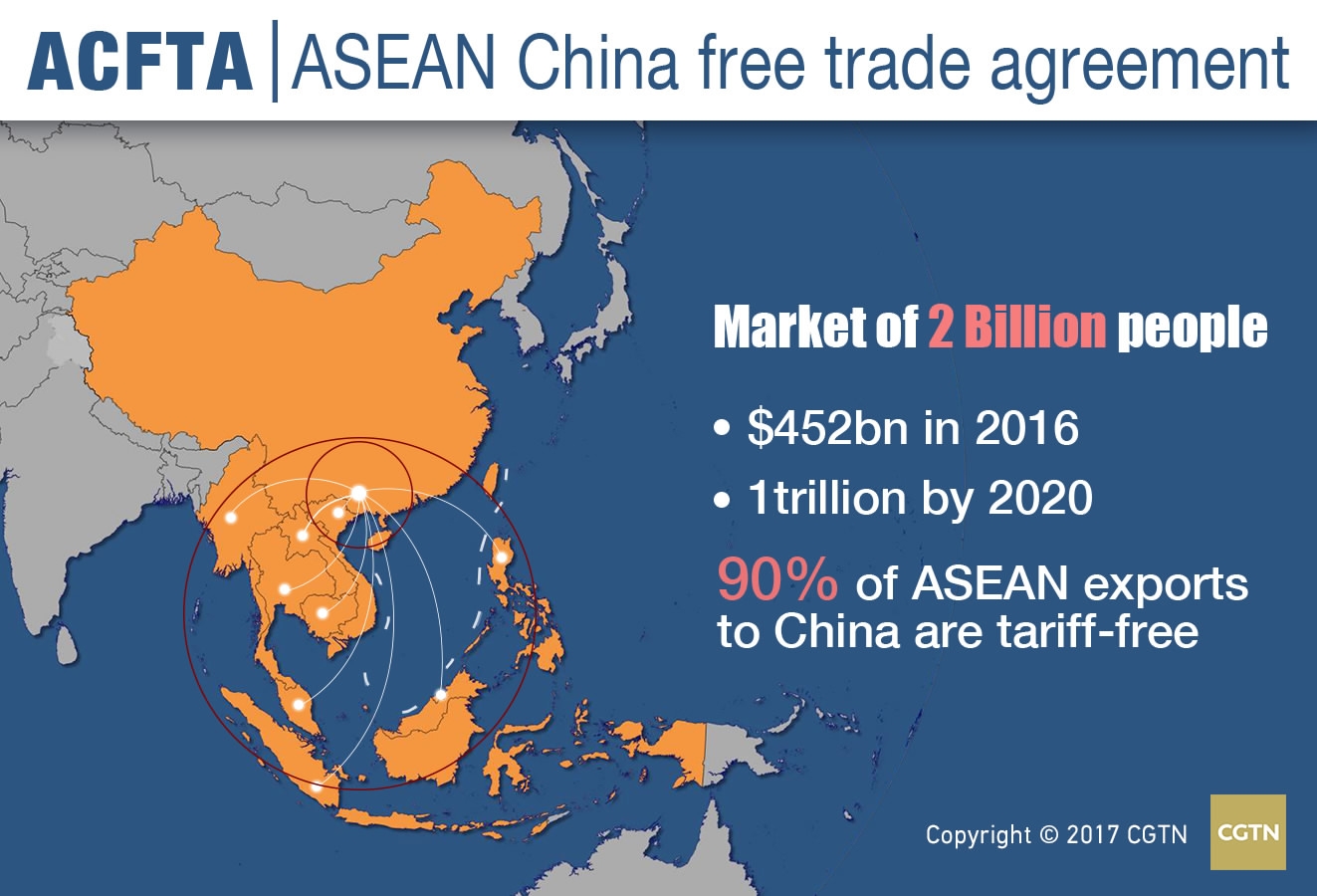

Jean-Louis Nakamura, chief investment officer, Asia-Pacific with Lombard Odier Investment Managers and CEO of the firm's Hong Kong office, agreed, saying the U.S. imports in 2020 might be enough to keep the deal on track. Finn, adding that an increase of $50 billion in U.S. Trump will have political incentives to take a hard line response, said Mr. Even if those "big splash" headline figures prove "almost impossible" to achieve, it's not clear Mr. Govinda Finn, Singapore-based Japan and developed Asia economist with Aberdeen Standard Investments, called such a move unlikely. Trade-related developments could easily make 2020 "as volatile as last year," he predicted.

Trump returns to boosting tariffs - betting that the political advantages of standing up to China will outweigh any fallout for the economy or markets in an election year. Morris said the question will be whether Mr. In the event China fails to deliver on its commitments, Mr. expects, said Daniel Morris, London-based senior investment strategist with BNP Paribas Asset Management.

That leaves "a lot of potential for disappointment" and room for divergent views on what the Chinese think they're agreeing to and what the U.S. "The agreement commits China to ramp up its purchases to approximately $560 billion over the next two years - a whopping 55% increase," wrote Gary Clyde Hufbauer, non-resident senior fellow with the Peterson Institute for International Economics, Washington, in a Jan. goods and services very aggressive, leading some to predict the trade ceasefire could prove short-lived. International trade veterans, meanwhile, called the deal's targets for Chinese purchases of U.S. That could spell an "11-month quiet period" even if the deal looks to be more like a "short-term truce (than) a sustainable peace," said Eoin Murray, head of investment with London-based Hermes Investment Management. Trump wants to "put the trade war on the back burner until after the election" to focus on fighting the Democrats for now rather than the Chinese," said Keith Wade, London-based chief economist with Schroders PLC.
CHINA TRADE BLOCS ASSOCIATIONS DRIVER
3 election for a second four-year presidential term, analysts say politics was a key driver for both the timing of the deal and its details. goods by $200 billion over the next two years and another to purchase $40 billion to $50 billion of agricultural goods each year.Ī White House news release touched, in passing, on more intractable trade disputes, saying China also agreed, for the first time, to "end its practice of forcing foreign companies to transfer their technology to Chinese companies in order to gain market access." It went on to assert that China "will address numerous long-standing intellectual property concerns in the areas of trade secrets, trademarks, enforcement against private and counterfeit goods, and more." tariff hikes and Chinese counter hikes over the past 18 months, included a Chinese pledge to increase imports of U.S. The U.S.-China "phase one" deal, which followed a spate of market-roiling U.S. 15 marks a temporary cease-fire in the trade wars he launched in 2018, but the deal's backdrop - the growing backlash against globalization - will persist, auguring a future where trade within regions becomes a bigger driver of growth, analysts say.Įconomists predict Asia will prove resilient in that environment, even as countries such as Japan, South Korea and China have arguably been globalization's biggest winners over the past 60 to 70 years. The U.S.-China trade deal President Donald Trump announced on Jan.


 0 kommentar(er)
0 kommentar(er)
